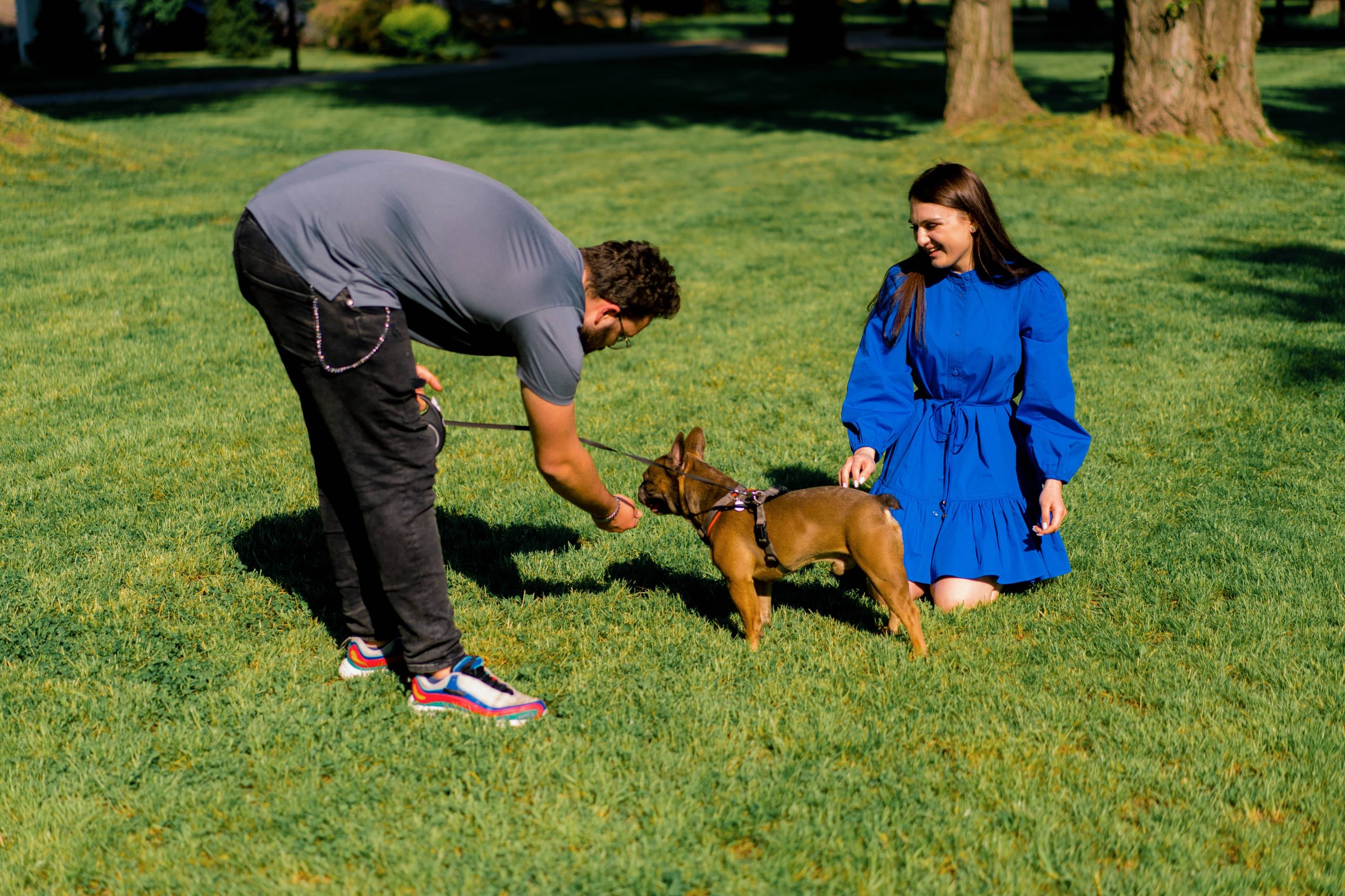
Bringing a new puppy into your home is an exciting experience, but it also comes with a fair share of responsibilities. One of the most crucial tasks you’ll need to tackle early on is house training. Effective house training sets a foundation for lifelong good behavior, ensuring that your puppy understands where to go when nature calls. Whether you’re a first-time pet owner or adding another furry friend to your household, mastering house training quickly is achievable with patience, consistency, and the right techniques.
Understanding Your Puppy’s Needs
Before diving into the house training process, it’s essential to understand a puppy’s physiological and psychological needs. Puppies have small bladders and limited control over them. A general rule of thumb is that a puppy can hold their bladder for about one hour for every month of age, up to about nine months. Emotional factors such as excitement or anxiety can also affect their ability to control their bladder.
Setting Up a Schedule
Consistency is key in house training. Dogs thrive on routine, so setting a regular schedule helps them understand what’s expected of them. Here’s a basic daily schedule to follow:
1. First Thing in the Morning: Take your puppy outside immediately after they wake up. This helps them associate waking up with needing to go outside.
2. After Meals: A puppy should be taken outside after every meal. Food stimulates bowel movements, so give them a 10-15 minute window post-meal to head outside.
3. After Playtime: Excitement can trigger the need to relieve themselves. Take your puppy out after every play session.
4. Before Bed: Ensure your puppy empties their bladder before bedtime to reduce nighttime accidents.
Choosing the Right Spot
Taking your puppy to the same outdoor spot every time helps them associate that area with going to the bathroom. The soil and scent become familiar, and the routine builds a clear connection in their minds. Make sure the spot is quiet and free from distractions to help them focus.
Positive Reinforcement
Reward your puppy immediately after they successfully go outside. Use treats, praise, or playtime as positive reinforcement. The key is to offer the reward as soon as they finish, so they link the behavior with the reward. Refrain from punishing your puppy for accidents; this only causes confusion and fear, potentially making house training harder.
Crate Training
Crate training can be an effective tool for house training. Dogs naturally avoid soiling their sleeping area. A properly sized crate provides a secure and safe space for your puppy. Here’s how to use it:
1. Choose the Right Size: The crate should be large enough for your puppy to stand, turn around, and lie down comfortably, but small enough to discourage using one end as a bathroom.
2. Introduce Gradually: Make the crate a positive place by associating it with positive experiences—feeding meals inside the crate, offering treats, and including comfortable bedding.
3. Limit Time: Don’t leave your puppy in the crate for too long. The idea is to use the crate for short periods while you cannot supervise them directly, thus preventing accidents and teaching them to hold it until they are outside.
Managing Accidents
Accidents are a natural part of the house training process. When they happen, it’s crucial to handle them calmly and effectively:
1. Interrupt: If you catch your puppy in the act, calmly interrupt them with a phrase like “Outside!” Then immediately take them to their designated bathroom spot.
2. Clean Thoroughly: Use an enzymatic cleaner to remove all traces of odor from the accident site. Any residual scent may encourage repeat offenses.
3. Stay Patient: Understand that accidents do not mean your puppy is misbehaving on purpose. Be patient and continue with your routine.
Using Commands
Teach your puppy a command, such as “Go potty!” Use this command when you take them to their bathroom spot. Eventually, they will associate the phrase with the act of relieving themselves.
Supervision and Freedom
During the early stages of house training, supervise your puppy as much as possible. When you can’t supervise directly, confine them to a controlled, safe area. As they start to grasp the concept, you can gradually give them more freedom around the house.
Socialization and Distractions
Taking your puppy to different locations helps them learn to adjust to new environments and distractions. This can be done after they consistently go outside in your primary spot. Gradual socialization helps them become more adaptable and less fearful, making the house training process smoother in various settings.
Final Thoughts
Successfully house training your puppy quickly hinges on consistency, patience, and positive reinforcement. Remember that every puppy is unique and may progress at their own pace. Celebrate small milestones and stay committed to the routine. Before you know it, your puppy will be reliably house trained, making your home life happier and stress-free. Your time and effort now will pay off with a well-behaved, confident, and contented canine companion in the future. Enjoy the journey of nurturing your new family member!






